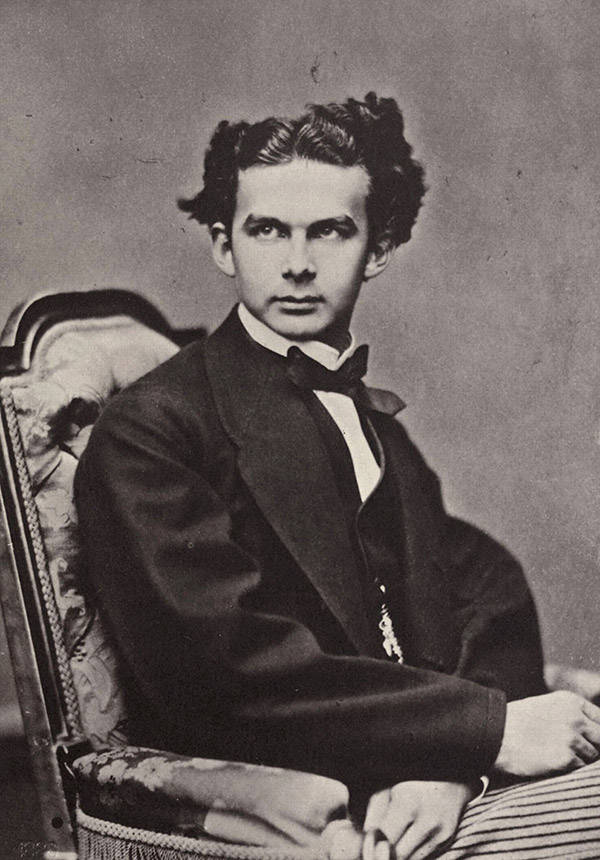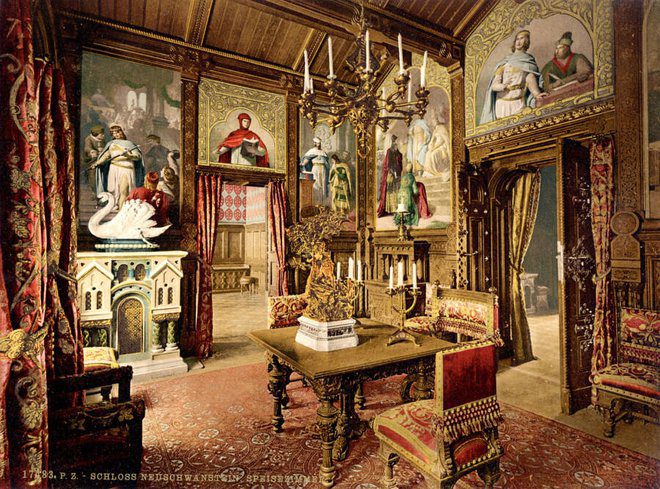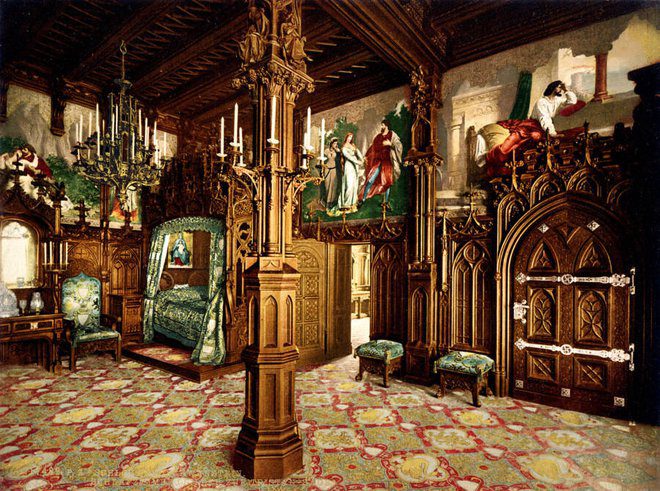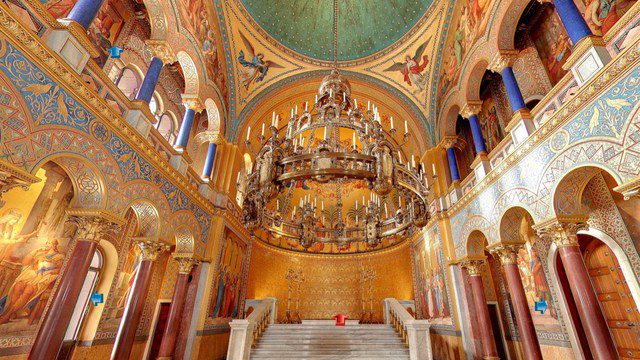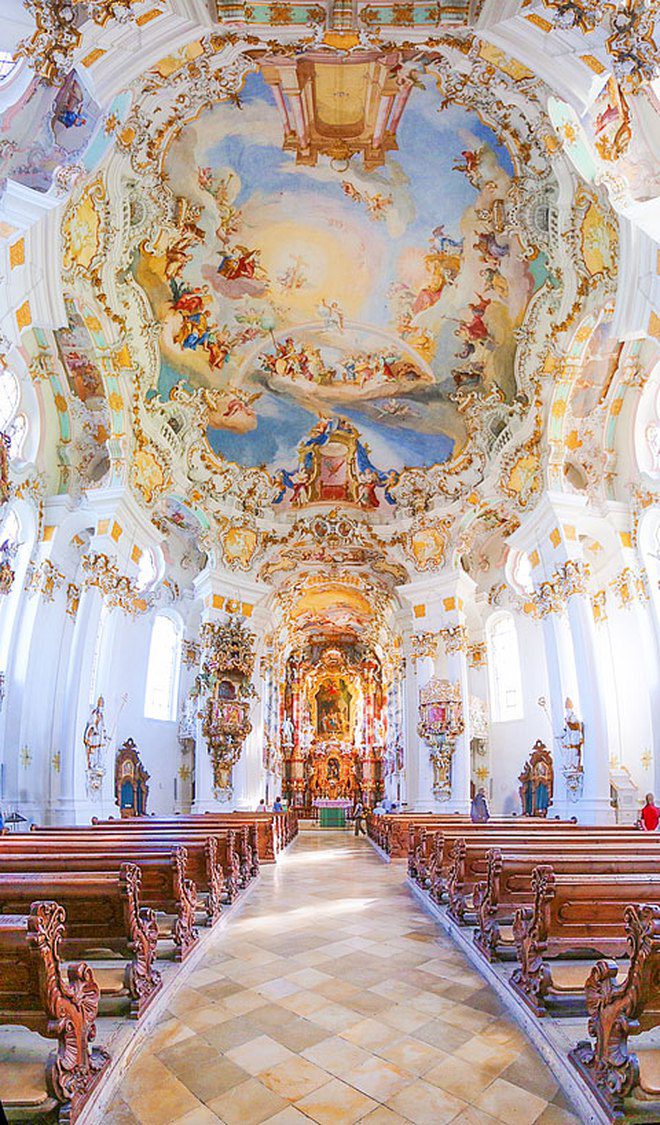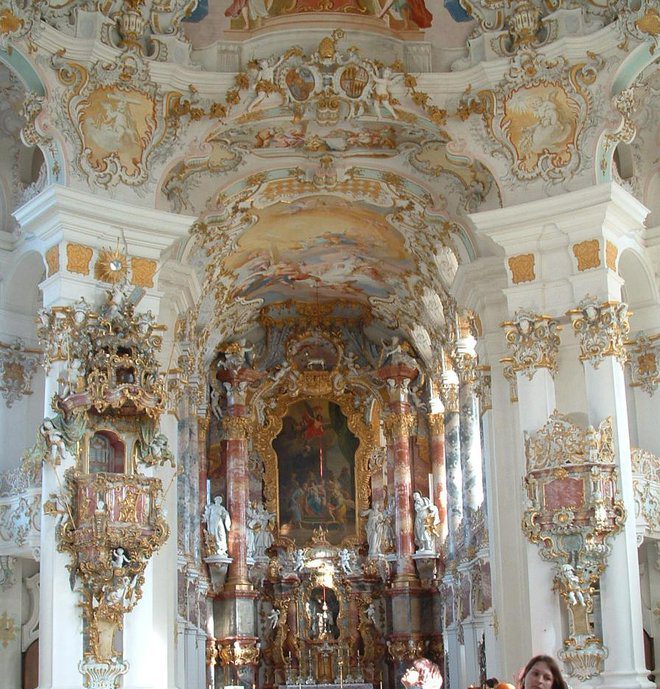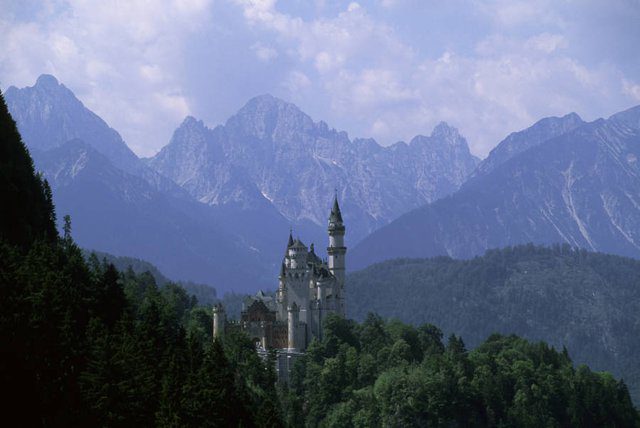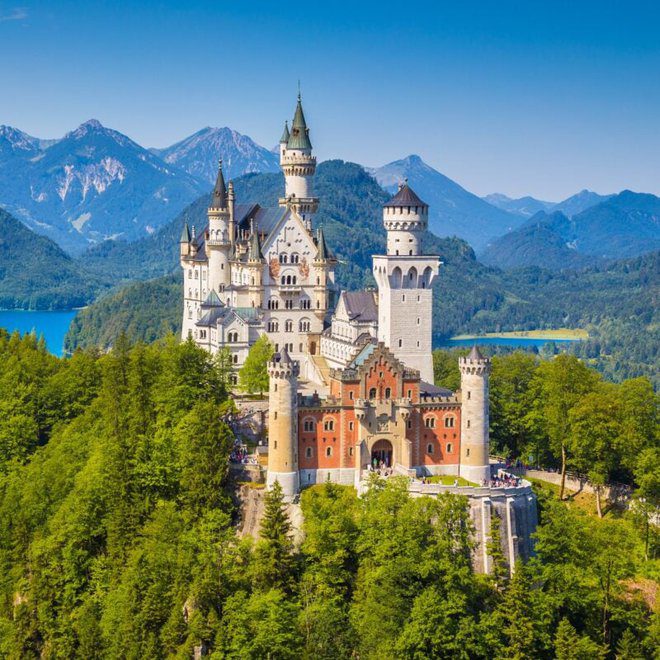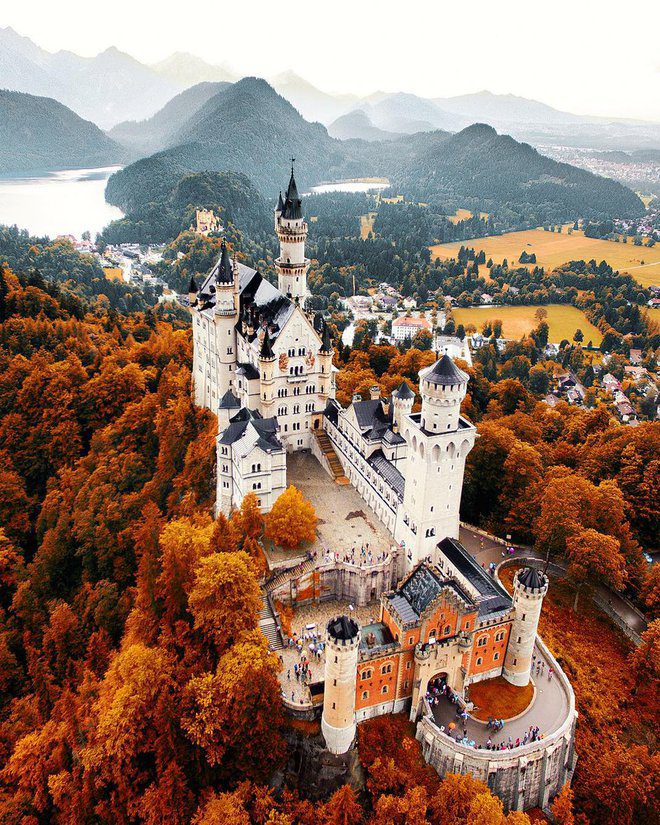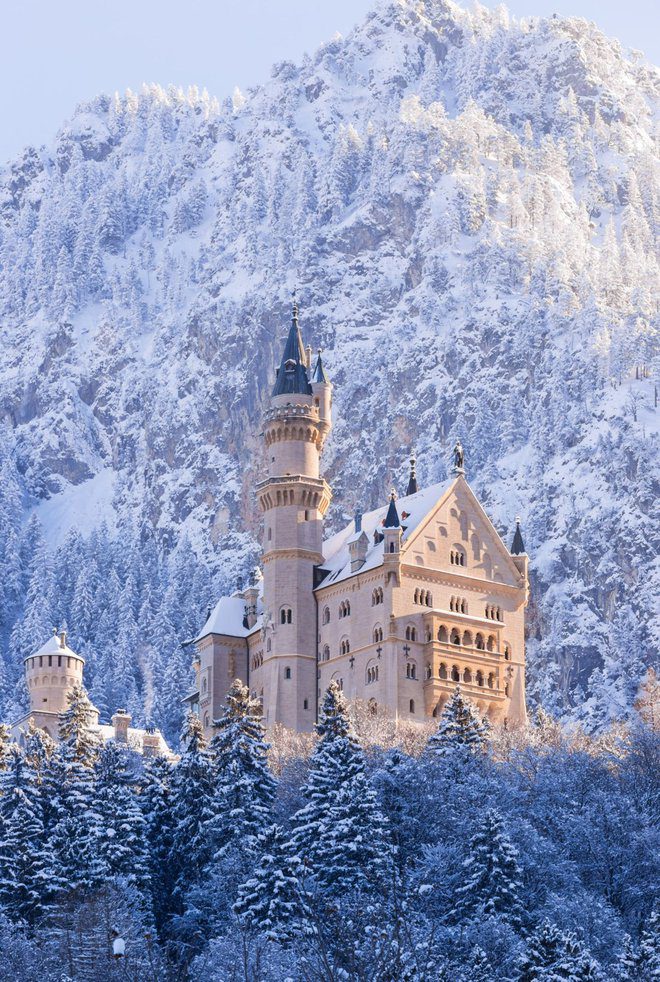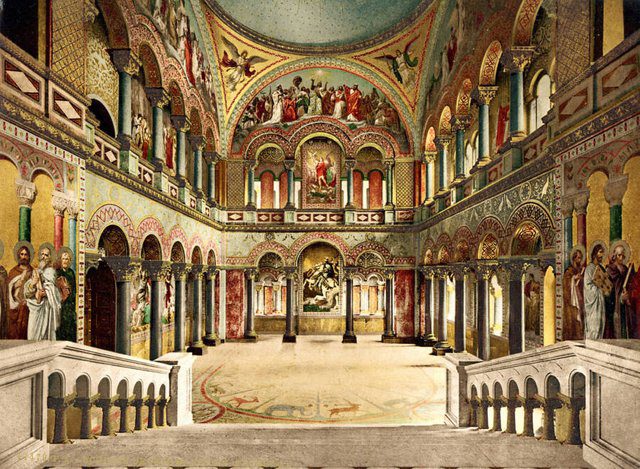Deep within the Bavarian Alps lies the majestic Neuschwanstein Castle, a stunning structure that seems to emerge from a fairy tale. It looks like a palace from a storybook, surrounded by high cliffs, a fierce river, and lush greenery, seemingly untouched by time. This castle stands as a testament to the brilliant imagination of King Ludwig II, who commissioned its construction in 1868.
However, Neuschwanstein is also part of a more somber tale, a story of the vast divide between fantasy and reality—and the price that those who dare to dream must pay.
The Dream of a King
King Ludwig II had a deep passion for beauty and the arts. As a child, he grew up in Hohenschwangau Castle in southern Bavaria. Amid his fantasies and the grand tales of his heroic ancestors, he struggled to escape the oppressive royal duties imposed by his father. He pursued the arts, was captivated by the operas of Richard Wagner, and drew inspiration from their romantic narratives.
Ascending to the throne in 1864 at the age of 18, he embodied all the traits of a fairy-tale prince: noble, charming, and beloved by the people. Yet, he was not a practical ruler, lacking experience in governance and showing little interest in the daily affairs of the state. Ludwig II governed largely in name only, as Bavaria’s political power diminished under external pressures.
In 1868, he decided to build his ideal castle: Neuschwanstein Castle.
When he began construction in 1868, he envisioned a place that would reflect his fantasies—a castle that would echo the splendor of Hohenschwangau, designed in the style of the castles of the fairy tales he adored. This castle was to feature stunning views of the Tyrolean mountains and beyond, with rooms adorned with the finest decorations imaginable, a concert hall for music, and a grand hall for festivities.
He stated: “This castle will be more beautiful and grander than Hohenschwangau in every aspect.”
Such was the vision of Ludwig that he sought to achieve.
Built high on a rocky mountain, overlooking the majestic Alps of Bavaria, Neuschwanstein Castle remains a breathtaking sight even today. Its bright facade contrasts beautifully with the surrounding greenery, and its towers rise high above the landscape. From every angle, it looks like a scene from a storybook.
Walt Disney himself was inspired by the enchanting beauty of Neuschwanstein during his travels in Europe and decided to use it as a model for the iconic Sleeping Beauty Castle in Disneyland.
Yet, like the castle in Sleeping Beauty, Neuschwanstein harbors a deeper, sadder story beneath its stunning exterior.
The Tragic Tale Behind Neuschwanstein Castle
Signs of trouble began to appear early in the project.
As with many grand architectural endeavors, the costs of construction quickly spiraled beyond expectations. Although Ludwig’s work created jobs for hundreds of local workers and brought some prosperity to the impoverished region, it also led to financial strain on Ludwig II personally.
Contrary to the beliefs of many, the Bavarian king did not use state funds to finance his castles but instead depleted his personal fortune. When those funds ran dry, he even borrowed money from foreign governments.
By 1886, Ludwig II had accumulated debts amounting to around 14 million marks—nearly three times his annual income. Despite numerous warnings about the need to curtail his extravagant spending, the king remained undeterred.
Ultimately, Neuschwanstein Castle was far from complete. Ludwig II only had time to enjoy the final stages of its construction. The lavish castle of Bavaria, shrouded in the mystery of its creator’s troubled reign, faced an unfriendly relationship with a king whose temperament and whimsical nature led to conflicts with authorities across the land.
The Sad Conclusion to the Fairy Tale of “Lem” Castle
The Bavarian authorities declared Ludwig mentally unfit in 1886.
This was seen as a convenient solution to a deeply complex issue. The king, with all his extravagant expenditures, had become a target of public scrutiny and any challenge to his authority could lead to conflict.
However, if he were forced to confront his inner demons, Ludwig II would find it hard to protect himself, especially when Prince Maximilian von Holnstein openly questioned the king’s behavior, labeling him as eccentric and erratic. His determination to build a castle of such opulence was seen as a personal obsession rather than a royal project.
On June 10, 1886, a government commission arrived at Neuschwanstein Castle early in the morning to remove the king. Ludwig’s servants advised him to flee, but he refused to leave the castle he had poured his heart into building. Two days later, the king was found dead under mysterious circumstances. When the authorities were finally able to enter the castle, they found it largely intact.
Despite the tragic end of the famous Bavarian king, Neuschwanstein Castle has become an enduring symbol of his imaginative legacy. Today, it continues to draw over 1.5 million visitors each year. Ironically, the one thing that people often notice missing from the castle is the throne. Visitors leave empty-handed, a poignant reminder of the vanished reign of a king whose dreams may have been too grand.
Source: All That’s Interesting




